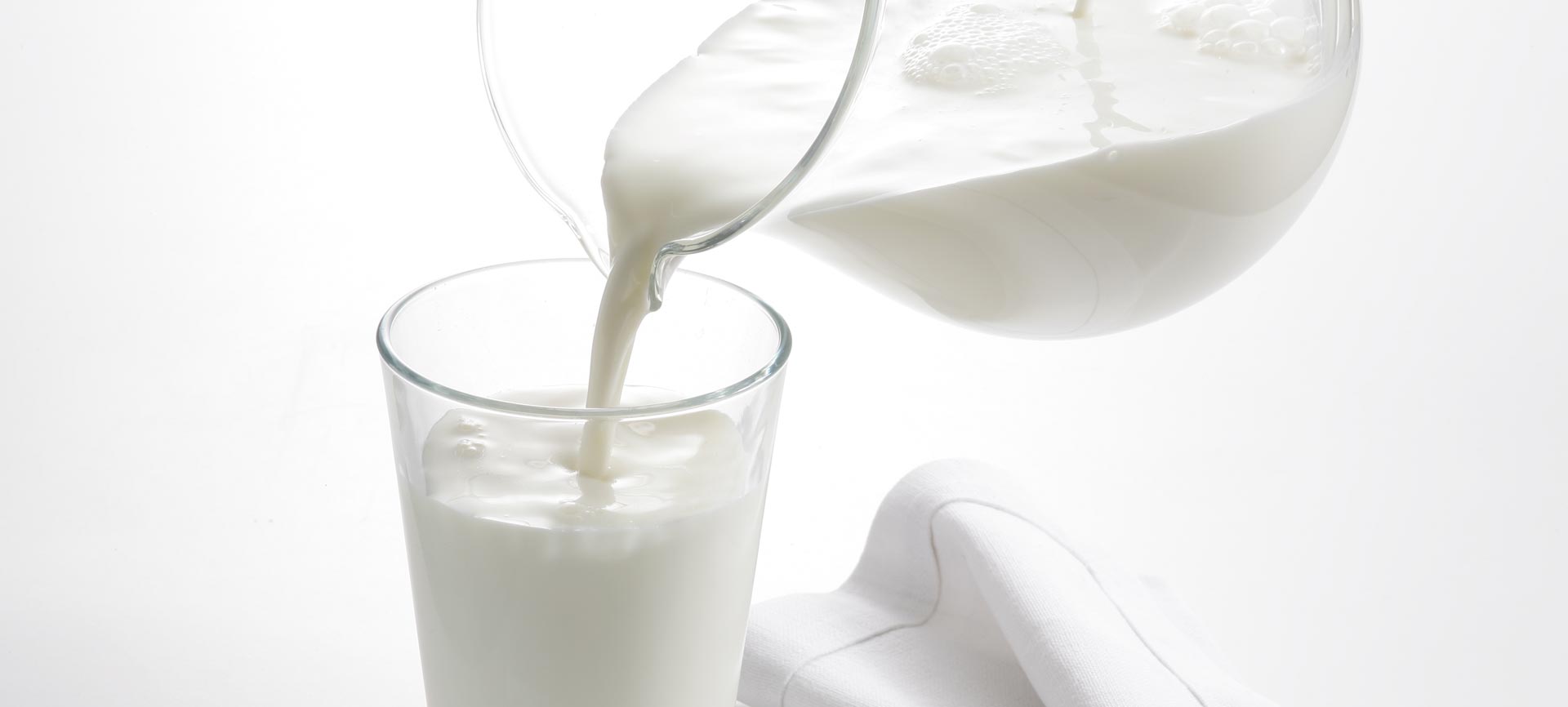Using the NIR method the total fat content of milk can be identified directly , i.e. without the sample needing to be prepared.
To date it has not been possible to predict the casein content satisfactorily using the NIR method.
Isotope-Ratio Mass Spectrometry (IRMS), utilised to determine the isotopic relationships of stable isotopes including hydrogen, carbon, nitrogen, oxygen and sulphur, is an extremely useful analytical technique for differentiating between the different geographic origins and typologies of various animal products including milk, butter, cheese and meats.
In this study we will show how this differentiation is performed using IRMS on samples of milk originating from different geographic areas and which have undergone varying types of industrial thermal treatments. The ability to differentiate between samples of milk based on their geographic origin is based on the fact that the isotopic relationships in animal-based products have shown to be correlated to typology (ex. the use of fodder or corn) and the geographic origin of the feed utilised for breeding livestock. In fact, it is well known that the isotopic fingerprints of the plant products used in zootechnical food chains remain in the food products of animal origin. Furthermore, thermal treatments used on products, such as milk, cause chemical and physical changes to the milk’s components, whose essence is proportional to the times and temperatures used in processing. These chemical and physical changes based on the thermal treatments they have undergone, make it possible to identify individual milk samples. This study was carried out using 72 samples of milk collected from different geographic origins (Bolzano, Mantova and Udine) and that had undergone various thermal treatments (UHT, HTS and raw milk). The milk samples were subjected to a procedure to extract their main fractions including fat, casein and whey, which were then analysed using Isotope-Ratio Mass Spectrometry.
Isotope analyses (δ13C and δ15N) were carried out on the milk samples and their main fractions (casein, whey and fat portions: see figure below). These showed variations in the isotopic characteristics of δ13C and δ15N in accordance with the thermal treatment used. Using multivariate statistical analysis, it was possible to use these isotopic fingerprints as markers to identify milk samples based on thermal treatments used, as well as to determine their geographic origin.
Additional studies have been aimed at determining the isotopic relationships (δ13C, δ15N, and for some samples even δ2H and δ18O) of milk samples from South Tyrol (231 samples), Tyrol (220 samples), and abroad (40 samples), with the goal of further broadening the isotopic fingerprints of milk samples in the Alpine arc.
In total the fat composition of milk from 13 different locations in South Tyrol was analysed in 2012. The fatty acid contents are shown in the illustrations.
In image 1 the average total content of saturated fatty acids (SFA) during the months of March and August is shown. From this it can be seen that the saturated fatty acid content fluctuates less during the summer month of August than it does in March. This is connected to the animal feed, as they eat more green fodder in the summer months, whereas in winter they are mainly fed dried foods (hay) or silage.
An important part of the saturated fatty acids are palmitic acid (C 16:0) and stearic acid (C 18:0). From the analysis it can be seen that the palmitic acid content is lower in March than in August. The opposite applies for the stearic acid: in March there is twice as much stearic acid present in the milk as in August (they are therefore diametrically opposed). These variations between March and August are also connected to the feed.
The polyunsaturated fatty acid (PUFA) content is similar in March and August, but fluctuates less in summer.
By contrast, the monounsaturated fatty acids (MUFA), a part of the polyunsaturated fatty acids, exhibits strong seasonal fluctuations. The same also applies for the conjugated linoleic acids (CLA). These results can also be traced back to differences in the animals' feed between summer and winter.
The Omega3 and Omega6 fatty acids, by contrast, remain at a similar level in the milk throughout the year, irrespective of the feed.



